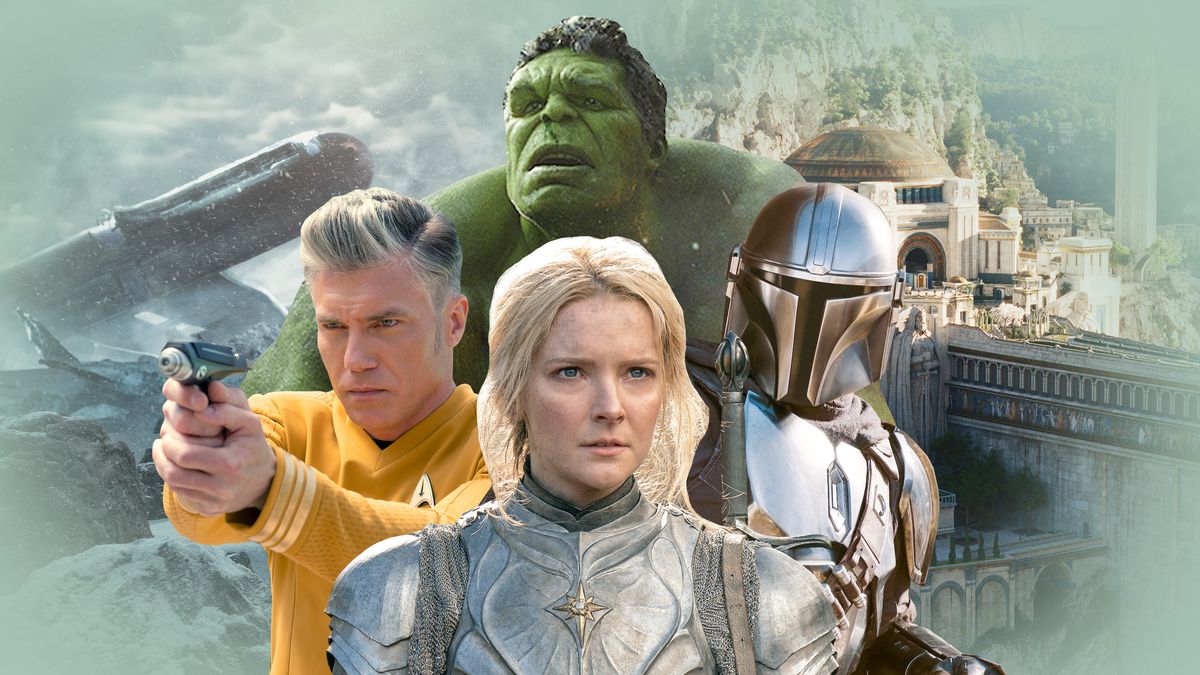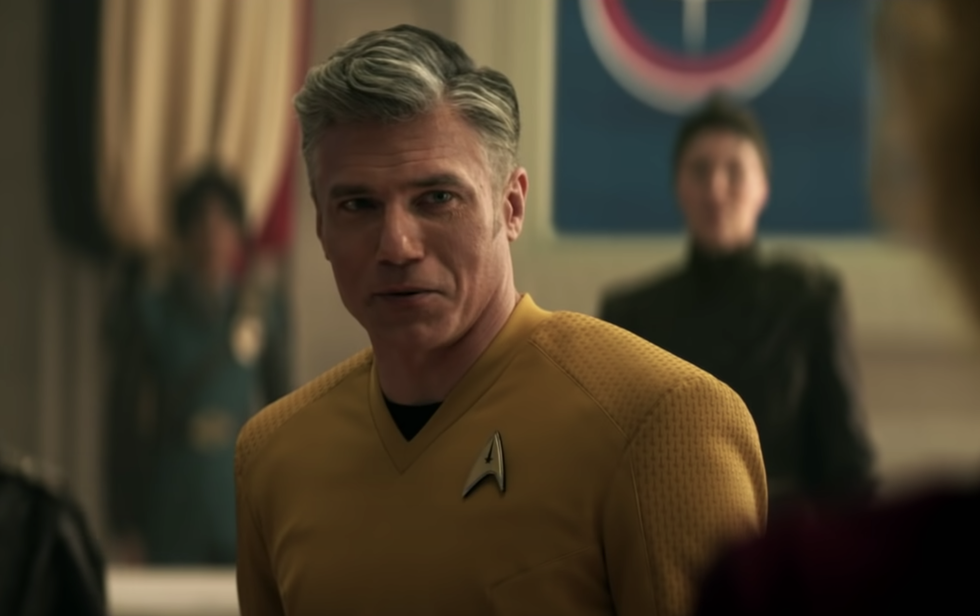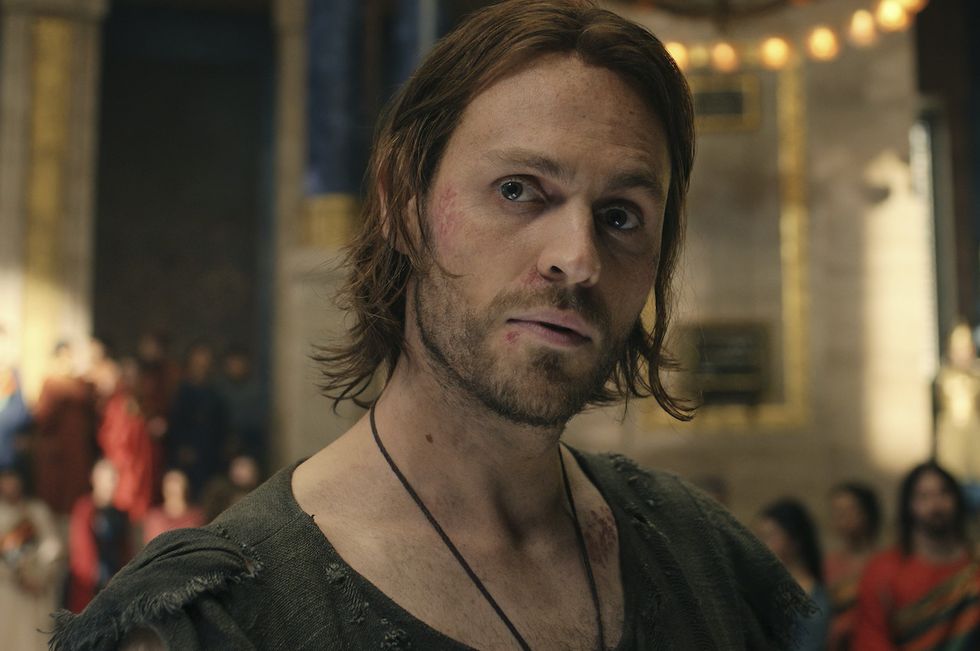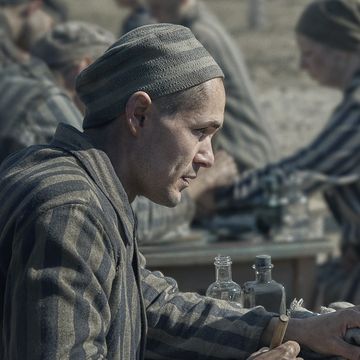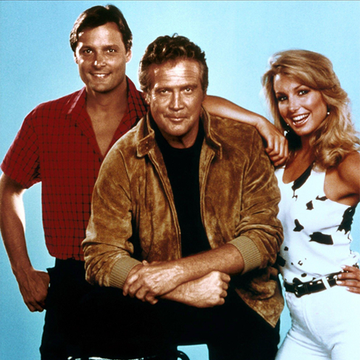It’s the best of times and the worst of times to be a fan. For devotees of mega-franchises like Star Wars and the Marvel Cinematic Universe, there’s never been a more massive glut of new content. We’re living through a golden age of interconnected storytelling, as sequels and prequels explode across film, television, and literature faster than many of us can keep up. Yet at the same time, these mega-franchises are tormented by their most strident fans, melting down into paroxysms of toxicity through petitions, review bombing, and targeted harassment campaigns, among other odious tactics. Toxic fandom is a complex beast, but at the root of its many convulsions, there’s often one sore spot: the sticky concept of canon.
Canon is scripture; canon is king; canon can do no wrong. Its definition is simple—the term refers to a fictional body of work and its established facts—but that’s where the simplicity ends. In this age of massive cultural production, of sequels and prequels and cinematic universes, where does canon start and stop? Do novelisations, video games, or other ancillaries count—and who gets to decide? When new entries to the canon subvert or “retcon” the established universe, what’s to be done with those unruly fictions? After all, when storytellers dare to expand canon, whether by disrupting the narrative or simply shining a flashlight into its underexplored corners, there can be hell to pay. Increasingly, fans have become canon’s militant enforcers; when those seeking to enlarge canon stray across its perceived guardrails, like J.J. Abrams or Rian Johnson, backlash is swift and vociferous. In one memorable dust-up, Star Wars fans petitioned for Disney to erase The Last Jedi from the franchise’s canon altogether. Somehow, canon is at once a collective orthodoxy and a personal totem, inflected with each viewer’s own biases and desires—even their own bigotry, too.
Canon has a big problem, and the call is coming from inside the house. It’s not hard to see how this obsession with canonical fealty has hamstrung Marvel and Lucasfilm, two franchise juggernauts whose every innovation is punished by a fan meltdown. When storytellers are held hostage by their own audiences, it undermines their ability to do what artists do best: explore, revise, play. This is the problem with storytelling in the age of the mega-franchise—all too often, the impulses of abiding canon conflict with the impulses of making art. As Ron Moore, a longtime Star Trek writer who later rebooted Battlestar Galactica, put it, "It’s frustrating to be in the writers room and tossing out stories, then having to stop yourself and go, ‘Does this work? Does this violate continuity?’ And having to call people and check encyclopedias and look up information. You want to have it all in your head and just play. The Trek universe has got to the point where you can’t play anymore."
How can storytellers possibly play or progress under the weight of all that baggage—and still please today’s demanding audiences, too? Some mega-franchises have found a solution where canon isn’t a restriction, but rather, a foundation. If fans won’t accept stories where canon makes less sense, then by God, these shows will bring the canon to make more sense.
Consider Strange New Worlds, Paramount+’s sensational Star Trek prequel set during the captaincy of Christopher Pike, who preceded Captain Kirk aboard the Enterprise. Fans of The Original Series no doubt remember the landmark two-part episode "The Menagerie," which shocked viewers when Spock abducted his former commander Captain Pike and stole the Enterprise, risking his life and career to transport a paralysed Pike to a forbidden planet. It’s a fantastic episode, but it lacks a backstory. Just what sort of bond existed between these two men that drove rule-following Spock to steal Starfleet’s flagship?
Enter Strange New Worlds, a prequel whose major thematic concerns include Pike’s anxiety after foreseeing his own grim fate, as well as his deep and meaningful friendship with Spock. In the Season One finale, after Spock intuits that Pike has saved his life through some alternate universe hooey, Spock says, "I believe I may owe you a debt of gratitude." The scene continues with a poignant conversation about how much these two mean to one another, but for devoted fans, it runs a level deeper. So this is why Spock steals the Enterprise—because he owes Pike his life, and he’d do anything to save a beloved friend. Suddenly, everything that lies ahead in the canonical timeline makes that much more sense. Strange New Worlds has mastered a brand of storytelling that informs and enlarges the canon without dishonouring or disrupting it, pleasing finicky fans and context-less newbies alike.
As Strange New Worlds writer Davy Perez explained to Inverse, “Our goal is never to undo people’s experience with The Original Series, but if we can manage it, perhaps to give us an interesting perspective to consider that lines up with the original stories. That’s what’s fun about playing in this era [of Star Trek canon]. There are a lot of stories and ideas that have been touched on in the past, but still have lots of potential to explore.” There are those words again: fun, play, explore. Call this the “yes, and” approach to canon—by building on what’s already known, storytellers can make existing fictions bigger, richer, and clearer.
Over on Prime Video, Rings of Power follows a similar model: where J.R.R. Tolkien’s source material is narratively thin, consisting largely of battles and successions, Rings of Power’s showrunners have grafted connective tissue onto this sparse scaffolding, shading in the thoughts, feelings, and choices that propel familiar characters to each predetermined plot point. We know where these characters are going, but if there’s one thing Tolkienites understand, it’s that it’s the journey that shapes and changes us, not the destination. Where Tolkien gave us only the destination, Rings of Power backfills the journey. Take Lord Elrond, for example. How did he become such a legendary statesman, able to build consensus between mortal and immortal races? Rings of Power imagines his years as a rookie diplomat, building out a formative and often touching friendship with the dwarven Prince Durin IV. As Strange New Worlds accomplishes with Spock, suddenly, Elrond’s canonical future makes more sense.
To be clear, the Star Trek and Lord of the Rings fandoms are not without their own share of bad behaviour—and for some fans, even simply enlarging the canon is still a bridge too far. "But Gandalf wasn’t in Middle-earth during the Second Age," these persnickety purists argue, taking aim at the all-too likely theory that Rings of Power’s mysterious Stranger is, in fact, the notorious wizard Gandalf. Sure, Gandalf the Grey had yet to arrive in Middle-earth during the Second Age setting encompassed by Rings of Power, but during this timeline, he was knocking around the continent by other names in other forms. Where canon-obsessed fans might see a limitation, any good storyteller would see a tantalising mystery. Tolkien himself often amended and expanded his own work, so why shouldn’t Rings of Power take some creative liberties, especially with the author’s grey areas? Isn’t it more fun to think about what could be true, rather than what must be true?
When we love stories, we want them to make sense, to have consistent internal logic, to meet the sky-high expectations that our devotion has placed upon them. But canon isn’t purely good by definition, and sometimes, it restricts good storytelling. For a story to endure and expand decade after decade, as all of these mega-franchises have, it must be adaptive and reactive—that’s the very soul of adaptation. As Tolkien himself said of his own legendarium, it must leave room for “other minds and hands.” Isn’t it exciting to consider that we still don’t know everything about these characters and their worlds, all this time later? These fictional sandboxes are endlessly generative—it’s part of why we can’t get enough of them.
In the age of corporatised canon, perhaps wanting these storytellers to tear up the rulebook is too much to ask. But as radical as this “yes, and” approach to canon may seem, it’s really just a shade of what’s possible. Ron Moore offers a compelling roadmap for what it might look like to no longer be “straightjacketed” by canon: “This was Version One of Trek. Love it. Celebrate it. Watch it forever if that is your cup of tea—go ahead. Let’s have Version Two… let’s have another Starship Enterprise with Kirk, Spock, and McCoy, and let’s tell a different version of the events. Look at Shakespeare. How many versions of Cleopatra can the world stand? As many as you can think of. Let’s just do a different take on it and get energy out of it and not worry about all the backstories… You want Trek to be fun. So make it fun.”
When it comes to canon, it’s true what they say: if you love something, set it free.
Adrienne Westenfeld is the Books and Fiction Editor at Esquire, where she oversees books coverage, edits fiction, and curates the Esquire Book Club.
